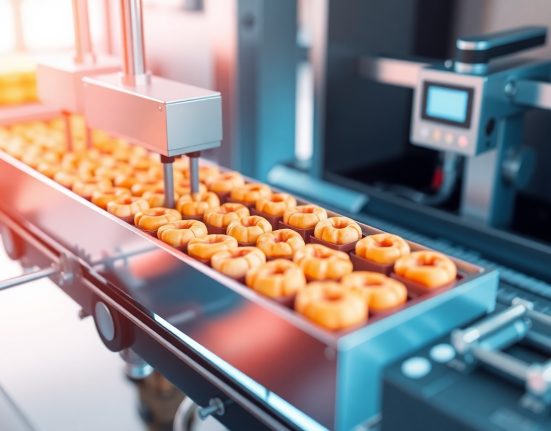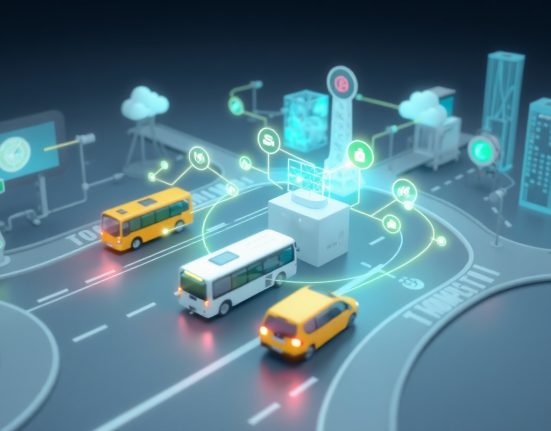The artificial intelligence era has brought with it a wide range of advanced processing technologies, with two prominent technologies leading the field being Graphics Processing Units (GPU) and Neural Processing Units (NPU). Although both are designed to perform complex computations, they differ fundamentally in their architectural approach and functional purpose.
GPUs were originally developed to handle advanced graphics processing, particularly three-dimensional rendering in computer games and professional graphics applications. Their architecture is based on hundreds or thousands of small, simple processing cores that operate in parallel, making them perfect for performing identical mathematical operations on enormous amounts of data simultaneously. This characteristic has made GPUs an essential tool for machine learning and deep learning, as artificial intelligence algorithms require intensive matrix calculations that can be performed very efficiently in parallel processing.
NPUs represent a completely different approach to artificial intelligence processing. They are specifically designed to perform neural network inference and training tasks in the most optimal way possible. Their architecture mimics the structure of biological neurons, with emphasis on performing operations such as convolution, activation functions, and matrix multiplication in an energy-efficient and speed-effective manner. Unlike GPUs which are relatively universal, NPUs are specifically adapted to the types of calculations that characterize neural networks.
The most prominent difference between the two lies in energy efficiency. GPUs consume significant amounts of electricity, sometimes hundreds of watts, due to the need to power hundreds of processing cores and advanced cooling systems. NPUs are designed from the ground up to be energy efficient, sometimes consuming one-tenth of the electricity required by GPUs when performing the same artificial intelligence tasks. This makes them particularly suitable for mobile devices such as smartphones and tablets, or for data centers requiring maximum energy efficiency.
In terms of raw performance, GPUs still hold the advantage in most cases for advanced training tasks of large language models or complex neural networks. Their raw processing power and extensive memory enable them to handle models with billions of parameters. However, when it comes to inference of smaller models or specific artificial intelligence tasks, NPUs can offer similar or even better performance while consuming dramatically less energy.
Technological development in the field is leading to an interesting trend of hybridization. Companies like Apple, Qualcomm, and Intel are integrating NPUs into their processors alongside traditional GPUs, creating solutions that combine the advantages of both approaches. This trend allows devices to use NPUs for daily artificial intelligence operations such as image recognition or natural language processing, while maintaining GPUs for advanced graphics tasks or computations requiring greater flexibility. The choice between GPU and NPU depends largely on the specific application. For research and development of new artificial intelligence models, GPUs remain the preferred choice due to their flexibility and raw power. On the other hand, for applications intended for mass consumption or for devices with energy constraints, NPUs offer an excellent solution that combines good performance with high energy efficiency.














